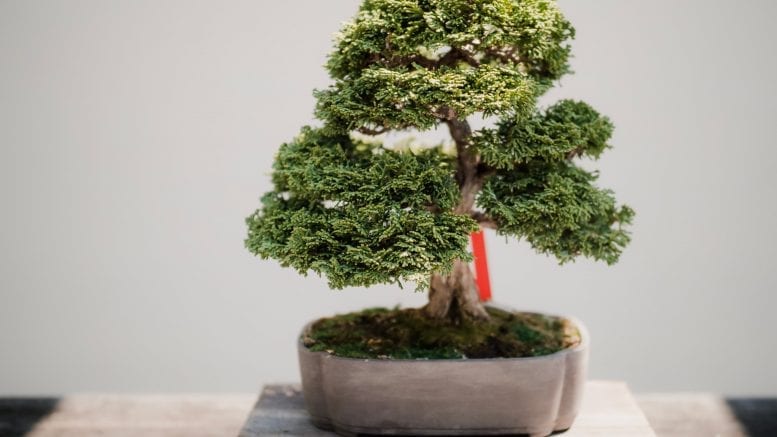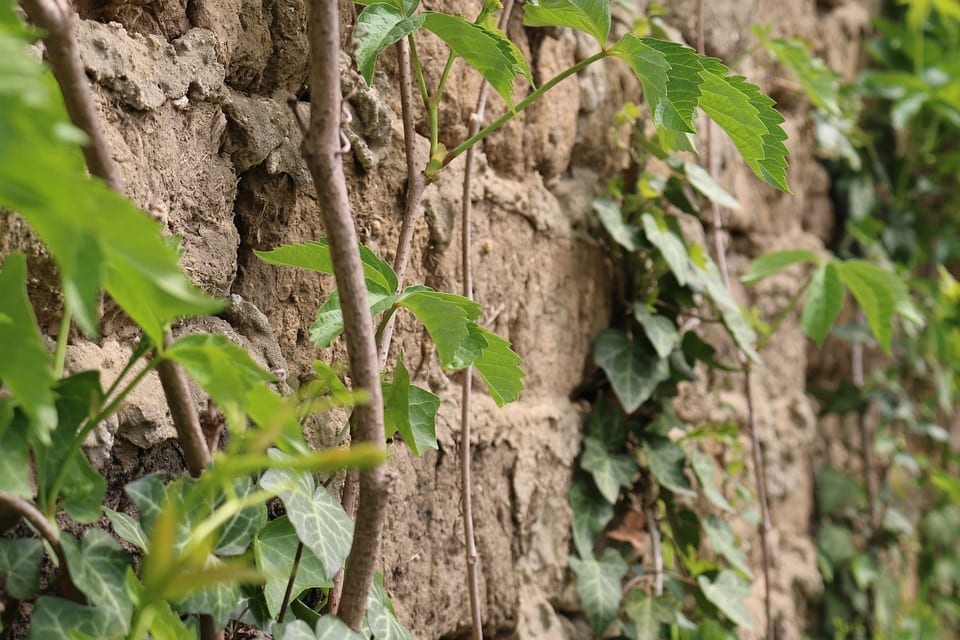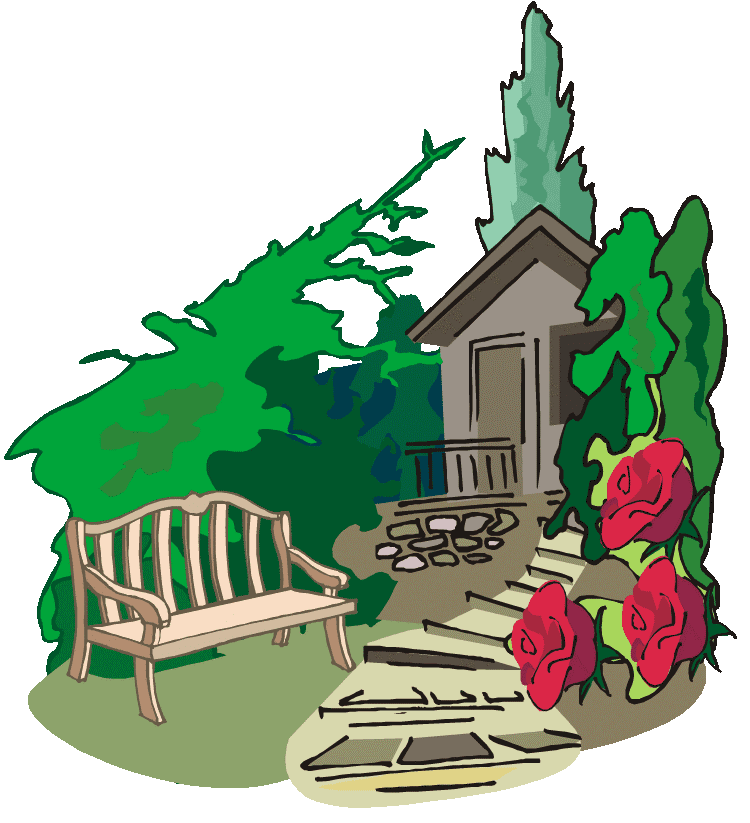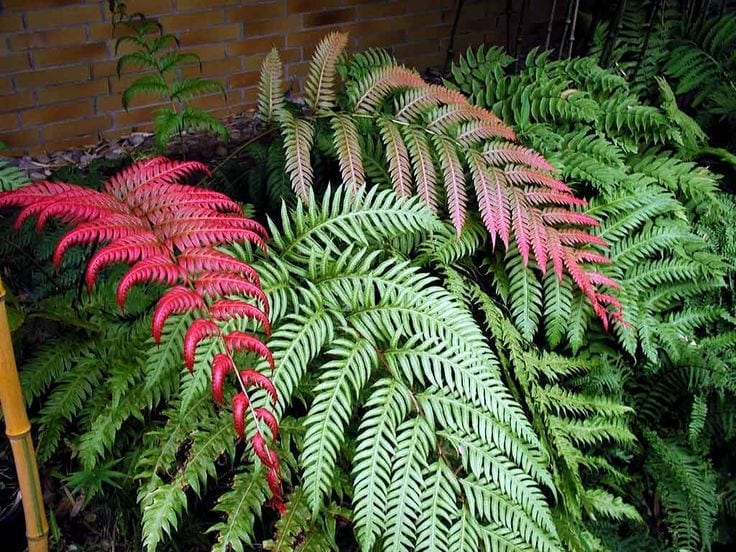About the classic and the informal bonsai style
Bonsai trees are not plants especially bred for this purpose. The idea bonsai signifies merely the art, the same trees as they grow up in the free nature in a standard size to copy in the miniature format so that they can grow up in shells. Any type of tree is suited for bonsai shaping.
Especially for beginners, it is essential always to remember that there is not the only right style to create bonsai. The shapes of a bonsai masterpiece arise only from the way how you look at this tree. There are also no precast creation patterns for a bonsai tree. You can receive only insights into the underlying creation technologies. What you do in practice from it, it is in your mind.
You should try to let look your bonsai tree as natural as possible. Are always directed after the possibilities which the tree will suggest to you. If the trunk bends to the right, let the tree bend this way. Work with the tree and put outside the attributes of your bonsai. You must listen to the tree and transform what it is telling you. Then you are repaid at the end with a beautiful bonsai creation.
Bonsais often simulate a higher age. Hence, you should try to put the maturity of your bonsai in the foreground, just in a miniature form. Even if your tree is still relatively young, intensive bonsai maintenance can cause that it looks in such a way, as if it had grown already for many years. Two features give your tree an older appearance. It is the caliber of the trunk and the degree of taper of the trunk. With most kinds of creation, the trunks of the bonsai are very wide at the base and become rejuvenated to the peak of the tree there.
There are two bonsai styles: the classic one and the informal one. With the first style, the trunk of the tree is broader in the base and tapers to the top upwards. Exactly the opposite applies in the other style, which is much more difficultly in the application. Only an experienced bonsai performer should turn to this style. If you start forming a bonsai, you should always remember that you are working with a living plant. Look carefully at the natural properties of the bonsai. Find a suitable style within the possibilities given by nature. Often it is also possible to apply several style directions in a plant. This is possible even if it concerns bonsai trees, which are similar to a straight beech or an elegant slender maple tree. Also, if the style is adapted to the specific features of the plant, nevertheless, there are many different ways to the interpretation.
In no case, you should try to force a style upon your bonsai in contrast to its natural growth pattern stands. Study its pattern and are directed after the default of nature. Your bonsai will owe it.






Be the first to comment on "Find the suitable bonsai style"